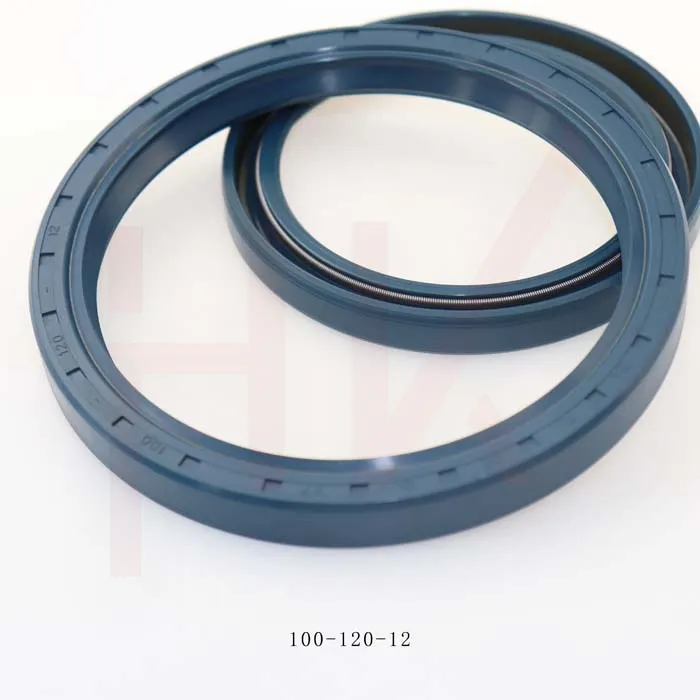nov . 05, 2024 16:25 Back to list
wheel hub seal
The Importance of Wheel Hub Seals in Vehicle Maintenance
Wheel hub seals are integral components of automotive engineering, playing a crucial role in the performance and longevity of a vehicle’s wheel hub assembly. These seals serve primarily to protect the internal components of the wheel hub, including bearings and gears, from contaminants such as dirt, water, and road debris. This protection is essential not only for the smooth operation of the vehicle but also for ensuring safety on the road.
One of the primary functions of a wheel hub seal is to maintain proper lubrication within the bearing assembly. Bearings require adequate lubrication to function correctly; without it, they can experience excessive wear, leading to premature failure. The wheel hub seal prevents the escape of grease or oil from the bearings while simultaneously blocking the ingress of harmful substances. This dual function helps to extend the service life of the bearings and ensure the vehicle performs optimally.
In addition to preserving lubrication, wheel hub seals contribute to the overall safety of a vehicle. A compromised seal can lead to bearing failure, which can affect wheel alignment and stability. This situation may cause uneven tire wear and, in severe cases, can result in the loss of control of the vehicle. Regular inspection and maintenance of wheel hub seals are therefore critical, especially for vehicles that operate in harsh conditions or are frequently subjected to heavy loads.
wheel hub seal

Material selection is another crucial aspect of wheel hub seal design. Typically made from rubber or synthetic materials, these seals are engineered to withstand extreme temperatures and pressures, as well as resist wear and tear. Over time, however, environmental factors such as UV exposure, road salt, and temperature fluctuations can degrade these seals, leading to cracks and tears. It is advisable for vehicle owners to periodically check the condition of wheel hub seals during routine maintenance checks. If any signs of deterioration are observed, replacing the seals promptly can prevent further damage and costly repairs down the line.
Installing wheel hub seals should be done with precision. Improper installation can lead to leaks or misalignment, which can further damage the wheel hub assembly. For this reason, many vehicle owners opt to have seals installed by qualified technicians who understand the intricacies of wheel hub design and maintenance. If you are a DIY enthusiast, it’s essential to follow manufacturer guidelines closely and use the appropriate tools during installation.
In conclusion, wheel hub seals may appear small and inconspicuous, but they are fundamental to the efficient operation of a vehicle's wheel assembly. By ensuring that these seals are regularly inspected and maintained, vehicle owners can improve their vehicle's performance, increase safety, and prolong the lifespan of critical components. Whether on a passenger car, a heavy-duty truck, or any vehicle in between, prioritizing the health of wheel hub seals is a wise step in vehicle maintenance strategy. Investing time and effort in checking these vital components can lead to safer and more reliable drives.
-
TCN Oil Seal Metal Ring Reinforcement for Heavy Machinery
NewsJul.25,2025
-
Rotary Lip Seal Spring-Loaded Design for High-Speed Applications
NewsJul.25,2025
-
Hydraulic Cylinder Seals Polyurethane Material for High-Impact Jobs
NewsJul.25,2025
-
High Pressure Oil Seal Polyurethane Coating Wear Resistance
NewsJul.25,2025
-
Dust Proof Seal Double Lip Design for Construction Equipment
NewsJul.25,2025
-
Hub Seal Polyurethane Wear Resistance in Agricultural Vehicles
NewsJul.25,2025
-
The Trans-formative Journey of Wheel Hub Oil Seals
NewsJun.06,2025
Products categories
















